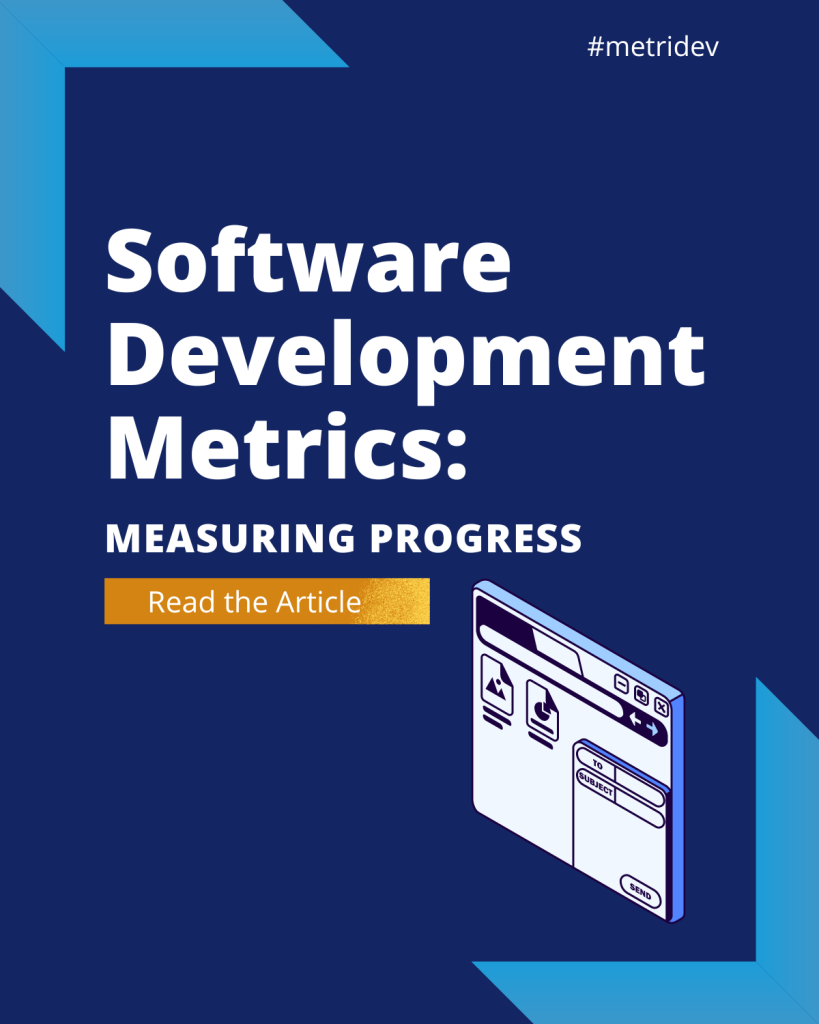Introduction
In the world of software development, collaboration and efficient code management are key. One powerful tool that developers rely on is the pull request. This article will explore the best practices and tips for creating and managing pull requests, with a focus on using GitHub as the platform.
What is a Pull Request?
Developers use a pull request method to propose changes to a project’s codebase. It enables contributors to notify others about their changes and request reviews and merging into the main code repository.
Why is it Called Pull Request?
The name “pull request” may seem a bit perplexing at first. The term originates from the version control system Git, which is widely used in software development. When a developer creates a branch to work on a specific feature or bug fix, they “pull” the latest code from the main repository to their branch. Once they have completed their changes, they submit a “request” to have their branch merged back into the main repository.
Understanding the Purpose of Pull Requests
Pull requests serve multiple purposes in a collaborative development environment. They provide a transparent and structured way for team members to review and discuss changes before they are merged into the main codebase. This helps ensure the quality and stability of the code and prevents any unintentional issues from being introduced.
Additionally, pull requests enable developers to showcase their work and contributions to the project. They allow for constructive feedback and encourage knowledge sharing among team members. By reviewing each other’s code, developers can learn from one another and improve their own coding skills.
Benefits of Using Pull Requests
There are several benefits to using pull requests in the software development workflow. Firstly, they facilitate effective code review. They provide a platform for team members to review code changes, offer feedback, and suggest improvements. This helps catch bugs and logical errors early on and ensures that the code meets the project’s standards.
Secondly, pull requests promote collaboration and knowledge sharing. By allowing developers to review and discuss code changes, they encourage communication and foster a sense of shared responsibility. New team members can learn from more experienced developers, and everyone can contribute to the project’s codebase.
Furthermore, pull requests provide a historical record of code changes. They serve as a documentation of the development process, making it easier to track and understand the evolution of the codebase. This can be invaluable when troubleshooting issues or when looking for the source of a bug.

Best Practices
When creating a pull request, there are several best practices to keep in mind:
- Create a descriptive title: The title should accurately summarize the purpose of the pull request. It should be concise yet informative, making it easier for reviewers to understand the changes being proposed.
- Provide a clear description: In the pull request description, explain the problem you are addressing and the solution you are proposing. Include any relevant context, such as links to related issues or documentation.
- Break down changes into manageable chunks: If your changes are extensive, consider breaking them down into smaller, logical commits. This makes it easier for reviewers to understand and provide feedback on specific parts of the code.
- Include tests and documentation: Whenever possible, include tests to verify the correctness of your changes. Additionally, update any relevant documentation to reflect the changes you have made.
- Request specific reviewers: If there are specific team members who are knowledgeable about the code you are modifying, request their review. Their expertise can provide valuable insights and ensure the quality of the code.
- Follow coding conventions: Adhere to the project’s coding style and conventions when making changes. Consistency in code formatting and naming conventions makes the codebase more maintainable.
- Be responsive to feedback: Once your pull request is open for review, actively engage with the reviewers. Address their feedback and make necessary adjustments to your code. Collaboration and open communication are key to producing high-quality code.
Managing and Resolving Conflicts in Pull Requests
Conflicts can arise when multiple developers make changes to the same code file or when there are conflicting dependencies. To effectively manage and resolve conflicts in pull requests, several steps should be followed. Firstly, it’s crucial to stay up to date with the main branch by regularly pulling the latest changes into your local branch. This minimizes conflicts and ensures you’re working with the most current codebase.
When conflicts do occur, it’s important to resolve them locally using Git tools or the command-line interface. Git provides helpful messages indicating conflicting lines, allowing developers to manually edit the code to merge the conflicting changes. After resolving conflicts, it’s essential to thoroughly test the merged code to ensure it functions as expected. This includes running relevant tests and performing manual testing to catch any issues introduced during the conflict resolution process. Lastly, communication with team members is vital. If conflicts prove difficult to resolve or impact multiple files, seeking input from other developers and collaborating on finding the best solution is recommended.
Tips for Effective Pull Request Reviews
Pull request reviews play a crucial role in the development process. Here are some tips for conducting effective reviews:
1. Understand the context: Take the time to understand the problem being addressed and the proposed solution. Read the pull request description and any linked issues or documentation.
2. Focus on the code, not the person: Provide feedback based on the code’s quality, adherence to best practices, and alignment with the project’s goals. Avoid personal attacks or making assumptions about the developer’s intentions.
3. Be specific and constructive: Instead of vague comments like “this code is bad,” provide specific suggestions for improvement. Offer alternative solutions or point out potential issues that may have been overlooked.
4. Balance nitpicking and essential feedback: While it’s important to catch small errors and style inconsistencies, prioritize feedback that significantly impacts the code’s correctness or performance.
5. Communicate clearly: Use a respectful and professional tone when providing feedback. Clearly articulate your thoughts and explain the rationale behind your suggestions. Aim for a collaborative and helpful atmosphere.
6. Acknowledge good work: Don’t forget to highlight and acknowledge the positive aspects of the code. Recognize the developer’s efforts and provide positive feedback when appropriate.
Automating Pull Request Processes with CI/CD Tools
Continuous Integration/Continuous Deployment (CI/CD) tools play a crucial role in streamlining the pull request process and enhancing the overall development workflow. These tools automate various tasks, including building, testing, and deploying code changes. Transitioning from the list format, popular CI/CD tools that integrate well with GitHub are worth mentioning. CircleCI, for instance, enables automatic building, testing, and deployment of code changes, with seamless integration with GitHub for setting up continuous integration.
Another notable tool is Travis CI, offering extensive configuration options and supporting various programming languages and frameworks. Additionally, Jenkins stands out as a highly customizable CI/CD tool, allowing integration with GitHub through plugins and enabling complex pipelines tailored to specific development needs. By automating tasks like running tests and deploying code, CI/CD tools facilitate early issue detection and ensure seamless integration of changes into the main codebase.
Using GitHub for Pull Requests
GitHub provides a robust and user-friendly platform for creating and managing pull requests. Here’s how you can use GitHub effectively:
- Fork the repository: If you don’t have write access to the main repository, fork the repository to create your copy. Make your changes in the forked repository and then submit a pull request.
- Create a new branch: Create a new branch in your forked repository for each feature or bug fix. Make your changes in this branch, keeping the main branch clean and stable.
- Push changes and create a pull request: After making your changes, push them to your branch in the forked repository. Then, go to the main repository and create a pull request, selecting your branch as the source and the main branch as the target.
- Engage in the review process: Once your pull request is open, reviewers will provide feedback and suggestions. Engage in the discussion, make necessary changes, and address their concerns.
- Merge the pull request: Once the pull request has been reviewed and approved, it can be merged into the main branch. GitHub provides an option to squash commits or retain individual commits when merging.
How do I write a good pull request on GitHub?
Writing a good pull request is essential to ensure that your changes are understood, reviewed, and ultimately merged into the main project repository. Here are some tips to help you write an effective one on GitHub:
- Provide a clear and descriptive title: The title of your pull request should quickly convey the purpose of your changes. It should be concise, yet descriptive enough for reviewers to understand the scope of your modifications.
- Include a detailed description: In the body of your pull request, provide a thorough explanation of the changes you have made. Describe the problem you were trying to solve, the approach you took, and any considerations or trade-offs you made along the way.
- Break down your changes into logical commits: Instead of making a single large commit with all your changes, consider breaking them down into smaller, logical commits. This allows reviewers to understand your thought process and track the evolution of your modifications more easily.
- Include relevant documentation and tests: If your changes introduce new functionality or modify existing behavior, make sure to update the project’s documentation accordingly. Additionally, consider adding tests to validate the correctness of your code and ensure it does not introduce regressions.
- Be responsive and open to feedback: Once you have submitted your pull request, be proactive in responding to any questions or feedback from reviewers. Address their comments, clarify any uncertainties, and make any necessary adjustments to your code.
Advanced Features and Options in GitHub
GitHub provides several advanced features and options to enhance the pull request workflow. Assignees and reviewers can be designated to ensure relevant team members participate in the review process actively. Labels and milestones serve to categorize and organize pull requests, indicating the type of change or the area of the codebase being modified. Additionally, milestones help track the progress of the pull request. GitHub also offers pull request templates, enabling contributors to provide necessary information more efficiently through predefined sections and questions. Furthermore, status checks can be configured to ensure certain criteria, such as passing tests or code coverage thresholds, are met before a pull request can be merged. These features collectively contribute to streamlining the pull request process and improving collaboration among team members.
Pull Request Etiquette and Collaboration Guidelines
To ensure a smooth and productive pull request workflow, it is important to follow some etiquette and collaboration guidelines:
1. Be respectful and professional: Treat others with respect and maintain a professional tone in all communications. Avoid personal attacks or derogatory language.
2. Provide clear and constructive feedback: When reviewing pull requests, provide feedback that is specific, constructive, and aligned with the project’s goals. Avoid being overly critical or discouraging.
3. Be responsive and timely: As a pull request submitter or reviewer, be responsive to comments and suggestions. Address feedback promptly and strive for timely resolution of issues.
4. Follow the project’s guidelines: Adhere to the project’s coding conventions, style guides, and documentation standards. This ensures consistency and makes it easier for others to understand and maintain the codebase.
5. Encourage collaboration and learning: Foster a collaborative environment where team members can learn from one another. Encourage knowledge sharing and provide guidance to less experienced developers.
Conclusion
Pull requests are a powerful tool in the software development workflow, enabling efficient collaboration and code review. By following best practices and utilizing the features offered by platforms like GitHub, developers can ensure the quality and stability of their codebase. Effective pull request management fosters teamwork, facilitates knowledge sharing, and ultimately leads to the delivery of high-quality software products.
By Implementing these best practices you can enhance collaboration, improve code quality, and ultimately lead to more successful projects. Start implementing these tips today and experience the benefits of using pull requests in your software development process.
IT METRICS TO BECOME AN EXPERT















Leave a Reply